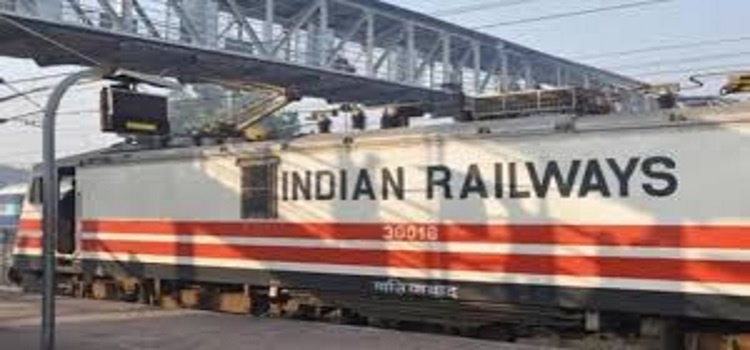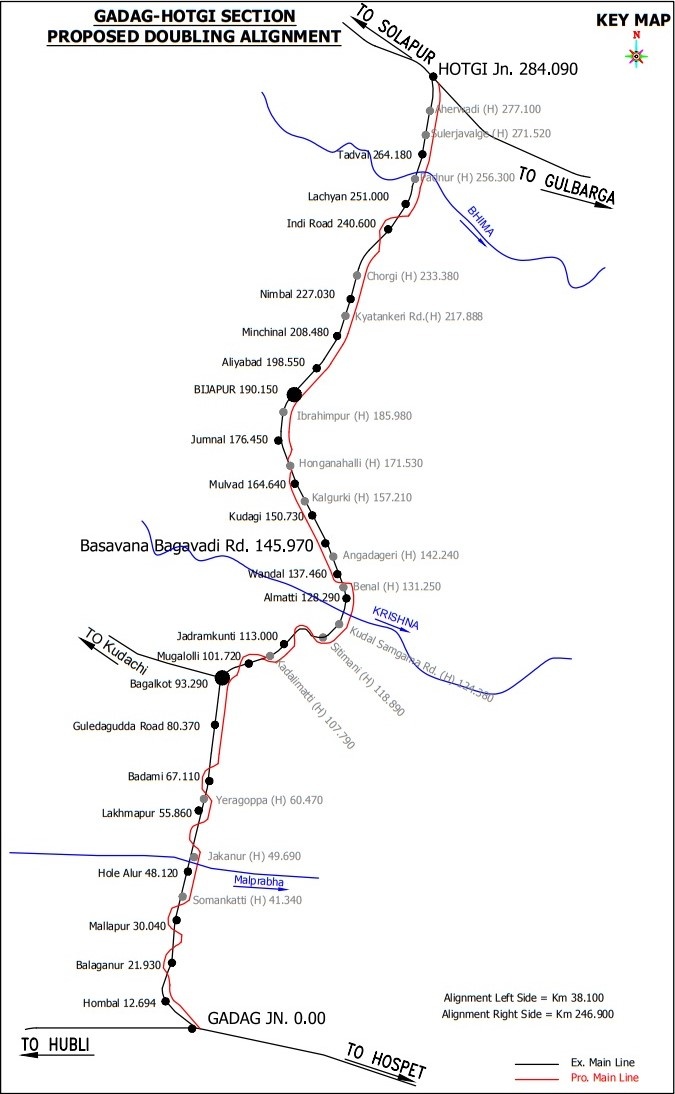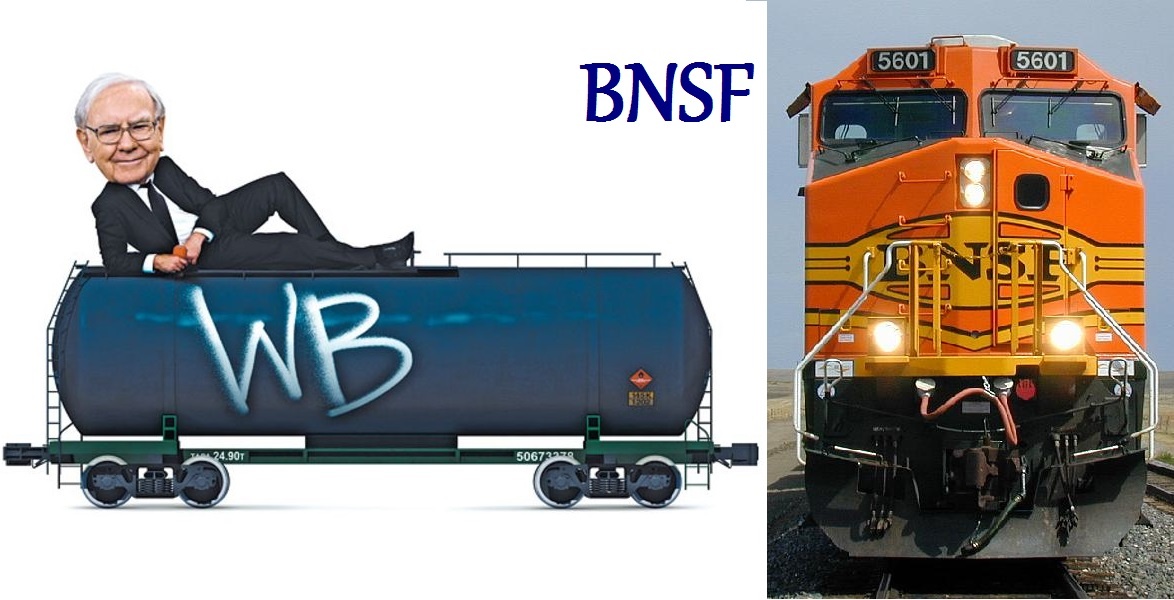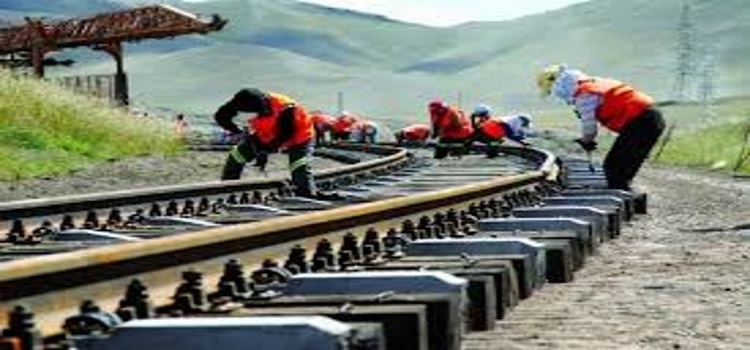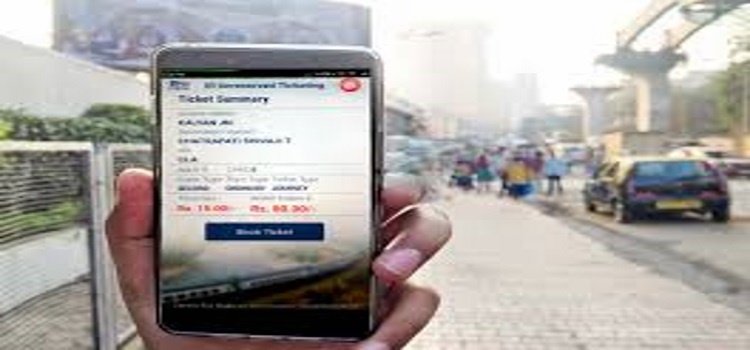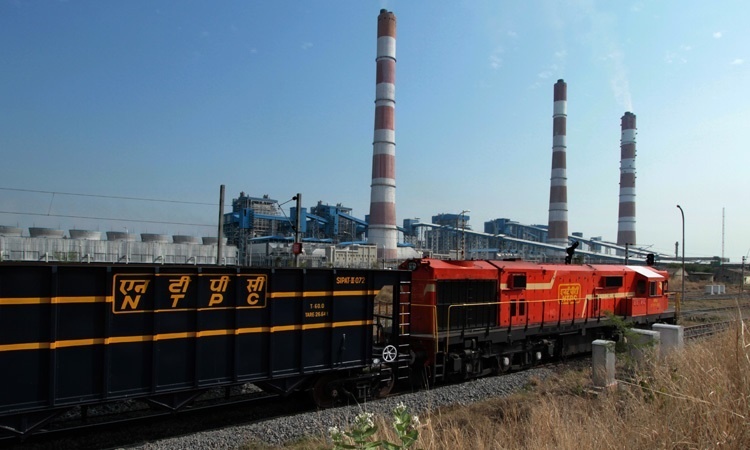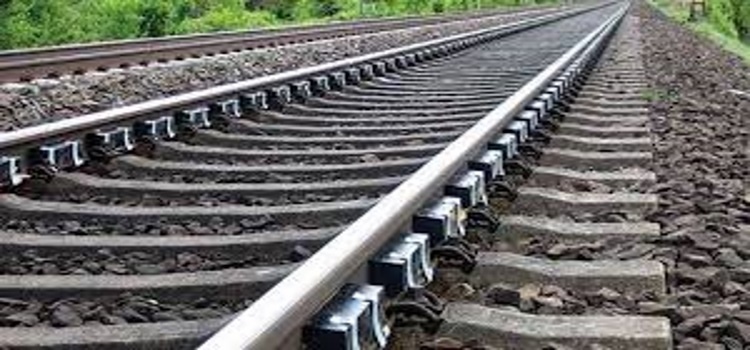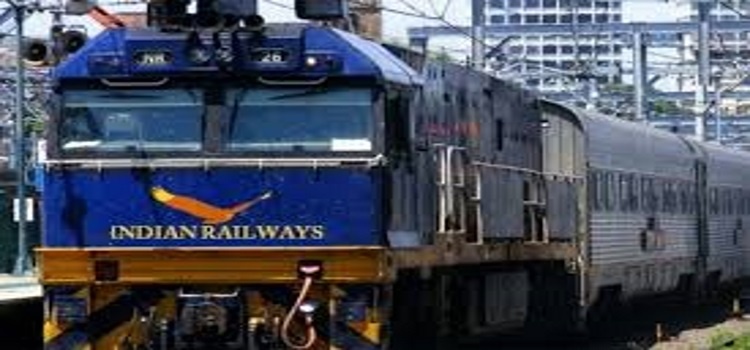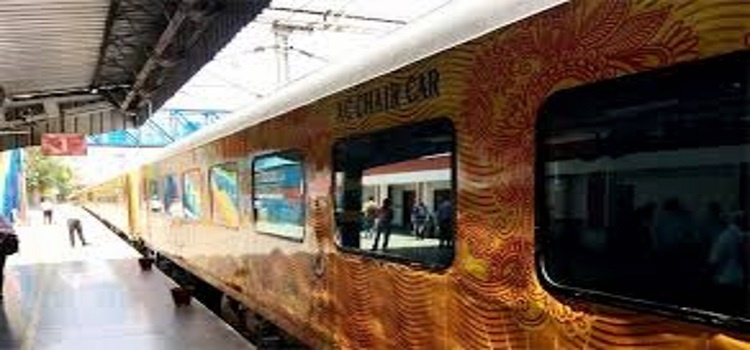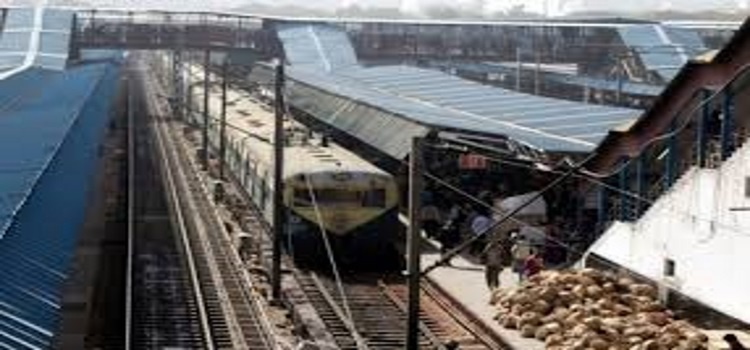
Ministry of Railways is constantly striving to improve passenger amenities and facilities for making the journey of passengers comfortable and pleasant.
Towards this objective, a committee of senior officers was nominated for identifying the amenities and facilities that could be further provided at Hazrat Nizamuddin Railway Station to make the overall experience of the passengers who visit that station even more pleasant and enjoyable. The committee was also tasked with preparing the Comprehensive Action Plan for removal of any deficiencies & for improvement of passenger amenities and experience at Hazrat Nizamuddin Railway station.
The nominated officers’ committee examined the entire station premises and prepared action plan has been made for execution in three phases namely –
- Immediate measures (to be implemented within 6 months),
- Short term measures (to be implemented in 6 to 12 months) and
- Long term measures (to be implemented in 12 to 18 months),
The plan covers improvements on all platforms, station buildings circulating areas, parking areas, traffic movement, parcel movement/stacking area, signages at platforms, security arrangements and station cleanliness.
Immediate measures (to be implemented by June’18)
- Widening & smoothening of entry to approach road at 1st entry side and beautification along road.
- Parking for “Divyangs” to be earmarked near Main Porch.
- Complete renovation of toilet block and bathing area.
- Retro-reflective/LED Signage Boards to be designed aesthetically and to be located/placed at conspicuous & strategic locations in circulating area, concourse, Platforms and Foot over Bridges (FOB).
- At the circulating and parking area on main entry side, there is traffic congestion due to unauthorized parking by Taxi/Auto & unregulated stoppages for drop off & pick up and poor drainage. Redesigning & earmarking the Lanes for Car/Bus/ Taxi/TSR /pedestrians. Identifying locations for drop off/pick up and parking. Deploying uniformed marshals for regulation of traffic. New drainage pipes (RCC) & manholes/gutters.
- Sufficient no. of Stainless Steel benches to be provided at all platforms and concourses.
- Disused/ abandoned old structures (cages etc.) at various platforms be identified & removed from platform
- Unused porta-cabin structure on Platform-1 to be redeveloped as cloak room.
- Renovation of 2 Retiring Rooms on Ground Floor.
- RO Water plant at 2nd entry.
- Lift for Passengers at Platform No. 1.
- At platform no. 2/3 &4/5 new water booths and Platform resurfacing.
- Flooring of FOB (Okhla End) to be provided with Granite.
- Worn out AC Sheet of roof / broken false ceiling to be replaced with meta-colour sheet &False ceiling to be replaced with ACP, windows to be replaced in Booking Hall and Windows on 2nd Entry (1st Floor).
- Toilet blocks on Platform no. 4/5 & 6/7 to be provided on “Pay & Use” basis.
- AC roof Sheets of both FOBs to be replaced with meta-colour sheet.
- Stainless Steel railings for dividers to be provided on FOBs.
- Damaged drain along platform no. 6/7 to be constructed.
- Escalator on platform no. 6/7.
- Damaged platform copings to be replaced and damaged platform surfaces to be resurfaced with VDC flooring/Kota stone flooring.
Short term measures (to be implemented in 6-12 months)
- New toilet blocks to be provided on Platform no. 2/3,
- Damaged Valley gutter of shelters on Platforms to be replaced.
- Footpath to be provided on Approach road.
- Deluxe “Pay & Use” Toilet to be provided in circulating areas.
- Switching over to completely mechanized cleaning system at station.
Long Term Measures (to be implemented in 12 to 18 Months).
- Escalator to be provided on 2nd entry Side FOB.
- Damaged washable aprons of Platform nos. 1, 5 & 7 to be repaired.
- Washable apron to be provided on Platform no. 3 & 4.
- Redevelopment and remodelling of 2nd entry.
- VIP lounge on Platform no. 1 (Okhla end) by IRCTC for development.
- Staff Quarters on Okhla side to be relocated & area vacated to be utilised for parking & other facilities
- Complete renovation of TTE Rest house.
Shri R N Singh, Divisional Railway Manager, Delhi Division said that Modernization of Hazrat Nizamuddin Railway Station shall be done to bring about tremendous improvement in passenger amenities & services at Hazrat Nizamuddin railway station in next 12 months. Shri R N Singh stated that this will significantly improve cleanliness & shall give a very comfortable and pleasant experience to passengers who use Hazrat Nizamuddin Station for their journey.

